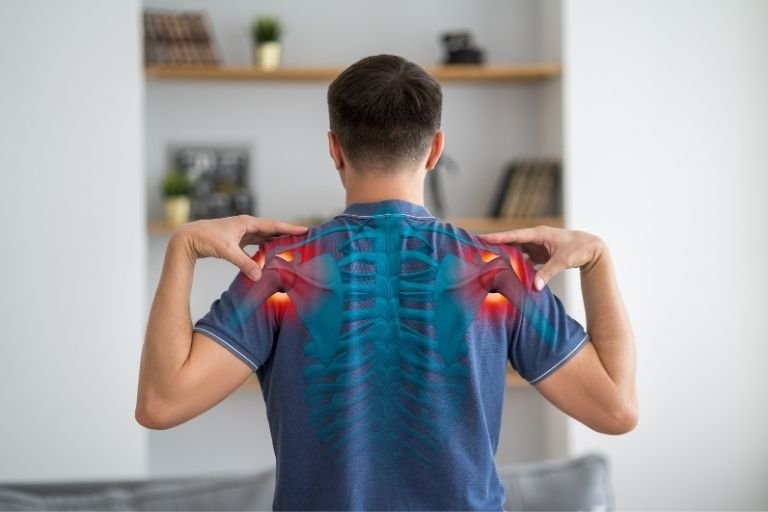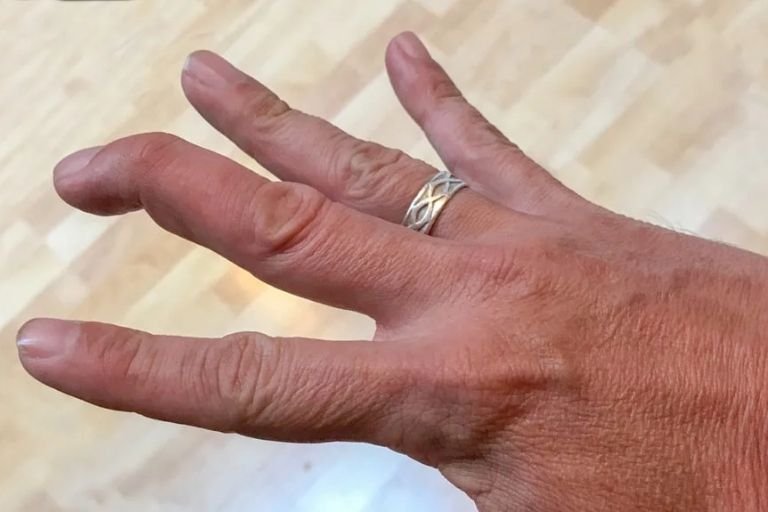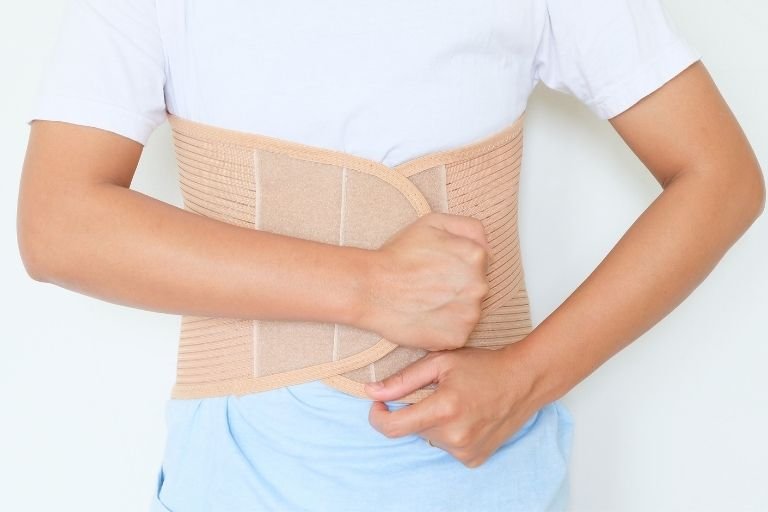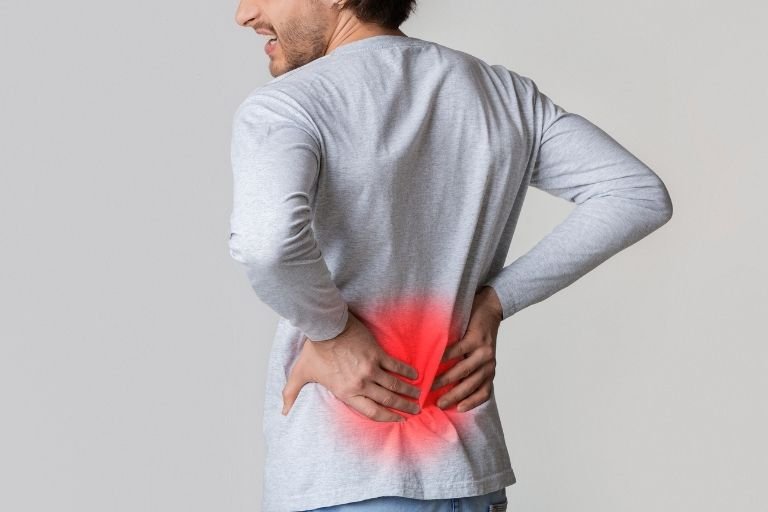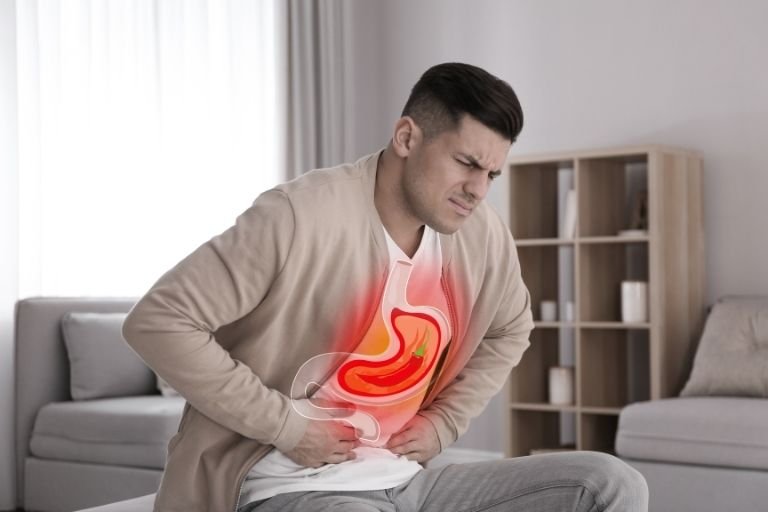- Fitwell Physiotherapy
Sprain & Strain

Sprains and strains are common musculoskeletal injuries that can occur during physical activity, sports, or everyday tasks. While they share similarities, they affect different structures in the body. A sprain involves the stretching or tearing of ligaments, which are the tough bands of tissue connecting bones to each other at joints. On the other hand, a strain involves the stretching or tearing of muscles or tendons, which connect muscles to bones. Both injuries can cause pain, swelling, and limited movement, but the severity varies depending on the extent of tissue damage.
Please submit your details below.
Symptoms:
- Sprains: Symptoms of a sprain may include pain, swelling, bruising, instability or joint laxity, and difficulty bearing weight on the affected joint.
- Strains: Symptoms of a strain may include pain, swelling, muscle spasm, muscle weakness, and restricted range of motion.
Causes:
- Sprains: Sprains commonly occur during activities that involve sudden twisting or stretching of a joint beyond its normal range of motion, such as landing awkwardly after jumping, or during sports like basketball or soccer.
- Strains: Strains often result from overuse, repetitive movements, or sudden excessive force applied to a muscle or tendon, such as lifting heavy objects improperly, or during activities like running or weightlifting.
When to See a Physiotherapist:
It’s advisable to consult a physiotherapist if you experience persistent pain, swelling, or limited mobility after a sprain or strain, as early intervention can help prevent further damage and promote optimal recovery. Additionally, if you’re unable to bear weight on the affected limb, or if you suspect a severe injury such as a fracture or complete ligament tear, seek immediate medical attention.
Risks:
Untreated or improperly managed sprains and strains can lead to complications such as chronic pain, instability, weakness, joint stiffness, and increased risk of recurrent injuries. In severe cases, ligament tears or muscle ruptures may require surgical intervention to repair the damaged tissues.
Prevention:
- Warm-Up: Always warm up before engaging in physical activity to prepare your muscles, ligaments, and tendons for exercise and reduce the risk of injury.
- Proper Technique: Use proper techniques and body mechanics during activities such as lifting, carrying, and sports to minimize strain on your muscles and joints.
- Strength and Flexibility: Maintain good muscle strength and flexibility through regular exercise, including strength training, stretching, and balance exercises.
- Gradual Progression: Gradually increase the intensity, duration, and frequency of your workouts to avoid overloading your muscles and joints.
- Protective Gear: Wear appropriate footwear, braces, or protective equipment during sports or activities that pose a risk of injury to help prevent sprains and strains.
Treatments:
- Rest: Rest the affected limb to allow time for healing and prevent further injury.
- Ice: Apply ice packs to the injured area for 15-20 minutes every 2-3 hours to reduce pain and swelling.
- Compression: Use compression bandages or wraps to support the injured joint or muscle and reduce swelling.
- Elevation: Elevate the injured limb above the level of the heart to promote drainage of excess fluid and reduce swelling.
- Physiotherapy: Consult a physiotherapist for a comprehensive assessment and personalized treatment plan, which may include manual therapy, exercise therapy, modalities, and education to promote healing, restore function, and prevent recurrence of injury.
- Medication: Over-the-counter pain relievers such as ibuprofen or acetaminophen may help alleviate pain and inflammation, but consult your healthcare provider before taking any medication, especially if you have underlying medical conditions or are taking other medications.
In summary, sprains and strains are common injuries that can be effectively managed with appropriate treatment and preventive measures. If you experience a sprain or strain, seek prompt medical attention, and consider consulting a physiotherapist for personalized care to facilitate recovery and reduce the risk of future injuries.
Frequently Asked Questions
- A sprain refers to an injury to a ligament, which is the tissue that connects bone to bone and provides stability to joints.
- A strain, on the other hand, refers to an injury to a muscle or tendon, which is the tissue that connects muscle to bone.
- Sprains often occur due to sudden twists, falls, or impacts that force a joint out of its normal position, leading to overstretching or tearing of the ligament.
- Strains can result from overexertion, improper lifting techniques, repetitive movements, or sudden movements that cause the muscle or tendon to stretch beyond its capacity.
- Symptoms of sprains include pain, swelling, bruising, instability in the affected joint, and difficulty moving the joint.
- Symptoms of strains include pain, swelling, muscle weakness, muscle spasms, and limited range of motion.
- Physiotherapy plays a crucial role in the rehabilitation of sprains and strains by providing targeted exercises, manual therapy techniques, and modalities to reduce pain, improve flexibility, and restore strength and function to the injured area.
- Physiotherapists can develop personalized treatment plans that include exercises to promote healing, improve joint stability, and prevent re-injury. They may also use techniques such as massage, joint mobilizations, and therapeutic modalities like heat or cold therapy to aid in recovery.
- You should consider seeking physiotherapy if you experience a sprain or strain that causes significant pain, swelling, or loss of function, or if the injury does not improve with rest and self-care measures. Physiotherapists can assess the severity of the injury, provide appropriate treatment, and guide you through the rehabilitation process to ensure a safe and effective recovery.
Related Conditions
How Fitwell Physiotherapy Can Help?
Dr. Richa’s Fitwell physiotherapy has an extensive team of physiotherapists all within their own specialist areas of physiotherapy. Whatever your condition, we guarantee that we will have the best physiotherapist for you. We assess, diagnose, plan, cure and care for you.
Fitwell Physiotherapy Clinic, Pune provides you best physiotherapy treatment in Kharadi, pune. We also serve Chandan Nagar, Vadgaon Sheri, Keshav Nagar, Wagholi & nearby Areas in Pune. We are experts in treating Neck Pain, Hand Pain, Back Pain, Lower Back Pain, Knee Pain, Stiff Neck, Sciatica, Arthritis, Stroke Paralysis & Post Surgical Rehab.
We provide Specialized physiotherapy treatments in Sports Injuries, Pre and post Surgery, Neurologic, Pediatric, Chronic Pain/Fatigue, Rheumatology, Women’s Health, Men’s Health, Ergonomics, Vestibular, Amputees & all sort of Pain treatment and lifestyle conditions.






















